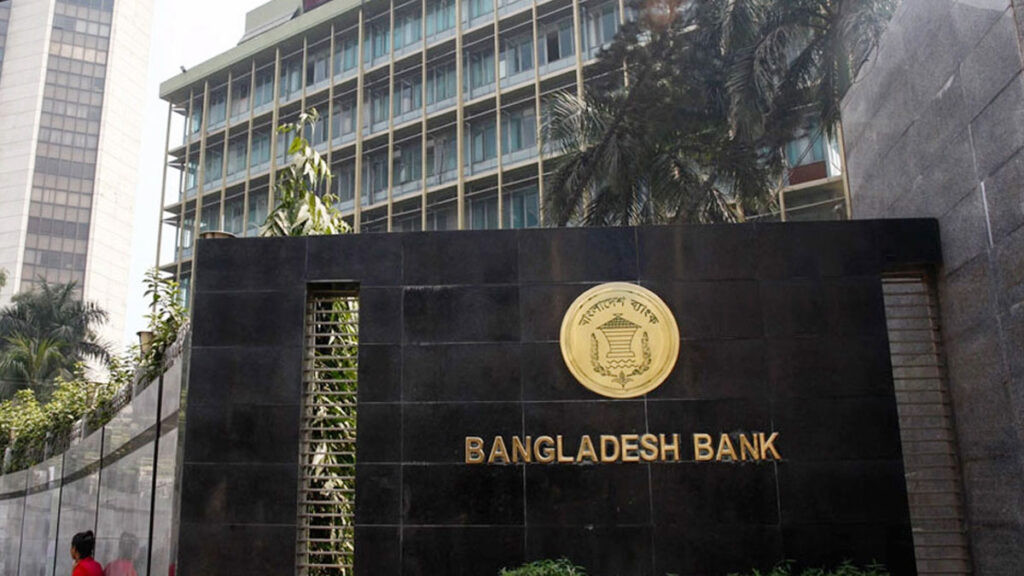
The country’s trade deficit expanded to $18.69 billion in July-April of the 2023-24 financial year compared with that of $4.74 billion in July-March of FY24, according to Bangladesh Bank data.
The surge came after the central bank addressed calculation loopholes following various media reports of huge gap in export data between the Bangladesh Bank and the Export Promotion Bureau.
The country’s financial account turned positive while the current account turned negative in July-April of FY24.
According to the Bangladesh Bank data, the financial account showed a surplus of $2,233 million in the July-April period, reversing a deficit of $9,258 million in July-March.
Conversely, the current account recorded a deficit of $5,729 million in July-April, shifting from a surplus of $5.8 billion in July-March.
BB officials said that EPB statistics were based on customs house data, which often included duplicate export entries (double or triple counting) due to procedural reasons.
Additionally, if a shipment was canceled by the customs due to quality issues or other reasons, it was counted twice when re-exported, they said.
These factors led to the EPB data showing significantly higher figures compared with that of the actual exports, they said.
Under International Monetary Fund pressures, these loopholes were closed, revealing a negative growth in actual export data, thus creating a significant current account deficit.
The corrected data reduced the gap between exports and repatriation of goods, significantly decreasing trade credit and transforming the financial account from a deficit to a surplus.
The financial account in the balance of payments is akin to a record of a country’s financial transactions with the other countries, detailing investments going in and out, loans being given and received, and changes in the country’s financial reserves.
In July-April, the gross inflow of foreign direct investments declined by 3.6 per cent to $3.5 billion.
Besides, foreign portfolio investments were $96 million negative in the July–April period, compared with those of $42 million negative in the same period of the past financial year.
Responding to a severe dollar crisis, the Bangladesh Bank sold nearly $34 billion to banks over the past 36 months.
The country’s foreign exchange reserves, as per International Monetary Fund guidelines, reached $21.8 billion as of June 30.
The interbank dollar rate soared to Tk 118 each after the central bank raised the greenback rate by Tk 7 each on May 8.
The deficit in trade services expanded to $3,054 million in July-April of FY24 compared with that of $2,358 million in the corresponding period of the previous financial year.
new age

